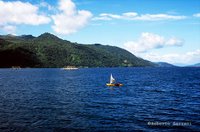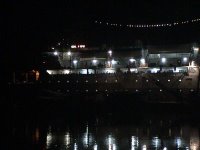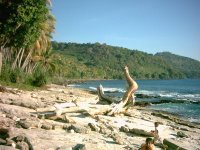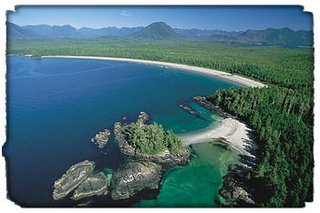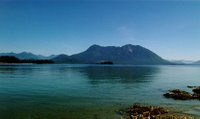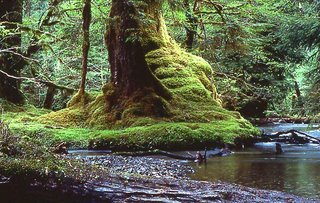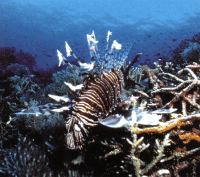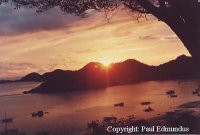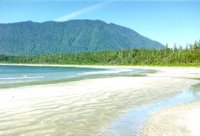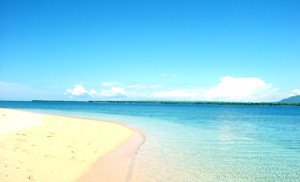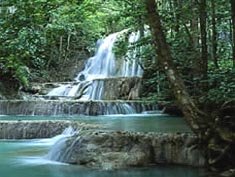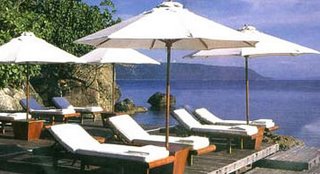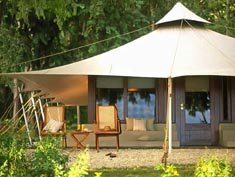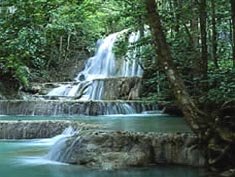We would like to introduce you to a very unique area in West Nusa Tenggara - Indonesia : The Regency of West Sumbawa, with empty white beaches and crystal blue lagoons, beauty sea view, the best surfing in South East Asia, stunning jungle areas, unique gigantic waterfalls, local wild horses, a unique Arab influenced tradition that combined with Sumbawa Tradition and an outstanding history - some of the oldest historical sites in Indonesia are to be found here, West Sumbawa. The historical sites back to 2000 BC.
Arriving by ferry from Lombok Island in Poto Tano, the small harbour settlement with Buginese-style houses, most travellers continue on the Dompu - Bima Highway to get to the Komodo Islands. The small turn off to the right to Taliwang (capital city of West Sumbawa) is mostly ignored. Quite a shame, because turning off here you will virtually enter world paradise view.
Just before arriving in Taliwang you will pass by Lebo Taliwang (here there are the lake of Taliwang), covered with pink and white water lilies (during the rainy season most spectacular). The scenery and atmosphere is accelerating and will always stay in your best memories. Egrets and pelicans are regular visitors to Sumbawa Island, some coming from North Australia which features very similar flora like this area (The Wallace Line).
To the east of Taliwang, the area of Brang Rea (the "Big River" Sungai besar in Bahasa Indonesia), wide green valleys surrounded by lush mountain country and quaint Pangung villages greet you. The Pangung house, so typical for this area, is a type of clan house and at times up to 20 people live in one house. really unique ...
The cooking is still done on traditional stone ovens, heated by wood and many Pangung houses do not have bathrooms or toilets yet. The river is the life line.
Further north thick green jungles and isolated mountain villages call for adventurous trekking along crystal clear streams (you can drink straight from the rivers here, don't worry it is no polution) - just watch the leeches during the wet season! Treks on horse back can also be organised.
You will stay with members of the Sumbawa Island local community in a Pangung house and experience their vibrant daily life, eat their delicious fresh dishes and drink exquisite home grown coffee. There are no hotels here, so please be prepared for very simple amenities and facilities.
A 2000 year old historical site and superb unknown music styles will be special moments for you and you will witness something very different here. It is definitely not the typical Indonesia. Some time ago, the Talebir Foundation was established, for the protection of history, culture and environment.
The Beaches of West Sumbawa are the best. No sarong sellers, noisy motor boats or plastic garbage - just clean sands and tranquility. Turtles still visit these beaches to lay their eggs. Accommodation varies from budget to resort-style.
Handicrafts of West Sumbawa differ from those in Lombok and the quality is excellent. CCTA has started a small self-funded handicraft training program to enhance designs and creativity to achieve successful exports. This will in the long run especially help the women artisans. West Sumbawa produces superb rotan mats and basket ware as well as simple stylish pottery items.
The people of West Sumbawa are open-minded and love visitors with whom they can share their culture. The hospitality of West Sumbawans is outstanding. The language spoken here is Bahasa Samawa and around Taliwang the dialect varies again. It's a very melodious language with soft swinging sounds. That might explain why West Sumbawans love to sing most of the time.
See, listen, touch and feel all the unique things in West Sumbawa.
Sumbawa Island text resource :http://www.creativetoursasia.com.au
Sumbawa Island pictures :
http://www.judynoai.com
http://www.99venus.net
http://www.luxurytravelmagazine.com

